
WHAT IS PERMACULTURE?
Permaculture is a modern name for ancient old concepts. It’s connecting us to the land and the land to us.
Permaculture (permanent culture, or permanent agriculture) is a combination of ideas, practices, ancient traditions, modern technologies, natural patterns, and synergistic systems that come together to create continual, self-sustaining communities.
But it’s more than that.
From a former student: “I didn’t know what Permaculture was when I walked into my first day of class 12 days ago, I just knew that I wanted to be there, on that farm in Lyons, CO, digging my hands into some serious dirt and finding myself lost in endless conversations on a different way of life. Further knowledge on medicinal plants is what sold me on attending the course but really, I had dabbled in all of this “permaculture stuff” in previous education back in my college days. ”Why are you attending this course?” friends and family have asked me and I answer with this: I want to live WITH the Earth, not against it.”
WHY PERMACULTURE?
Permaculture is an ethical framework that examines how the earth and human nature function, concluding with a design approach to allow humans to live in a system that supports the natural environment. We can develop human dwellings and landscapes that nurture the land and the animals in it, and humans, the animals, and the greater ecological system benefit as well. This allows an ecological system that is not competing with each component but instead is cooperating with one another. “In a sense, Permaculture is teaching us to mimic what nature already is; a fluid self-sustaining system of companionship and support.”
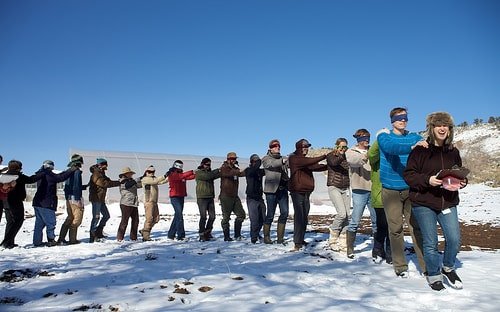

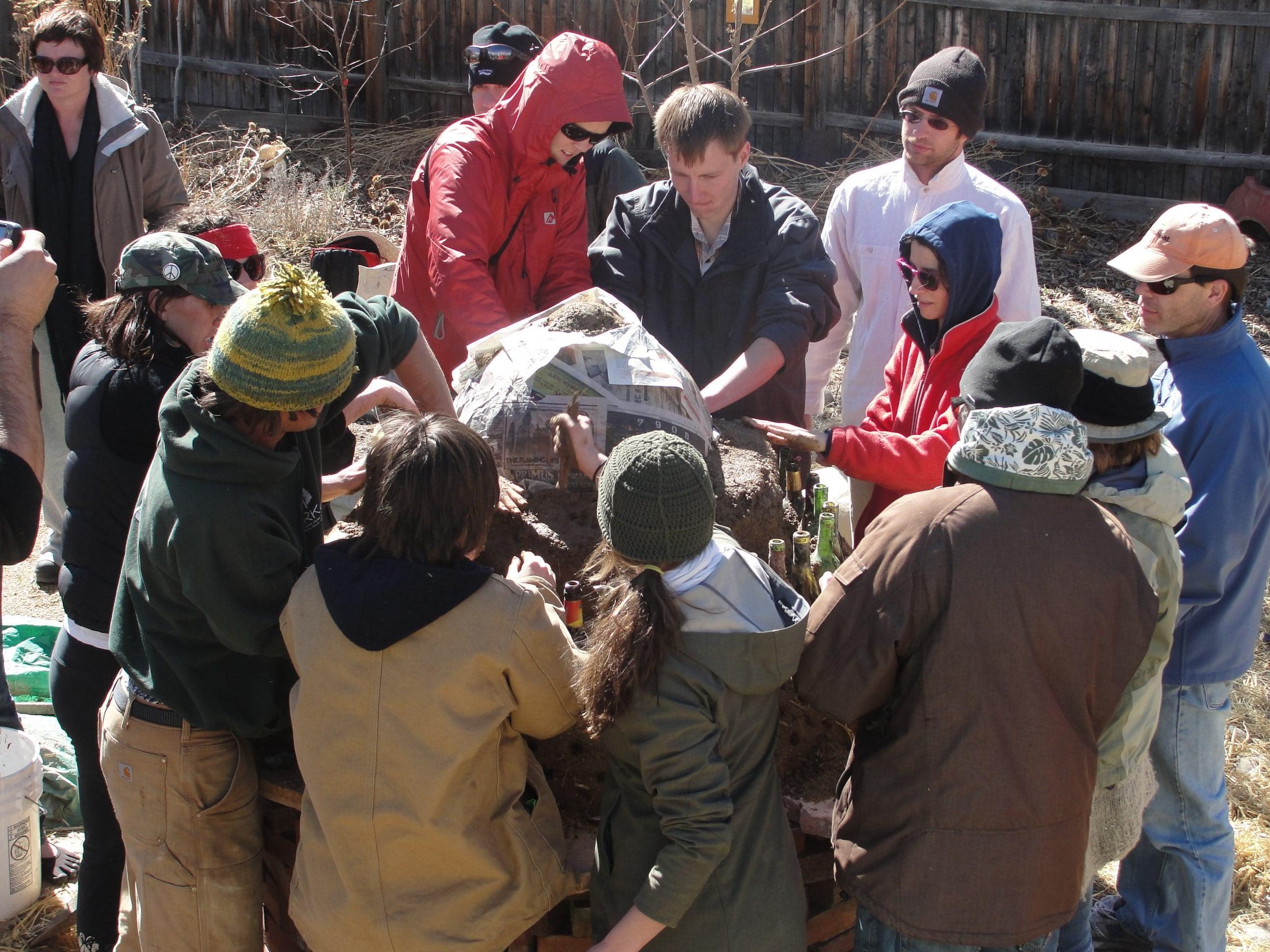
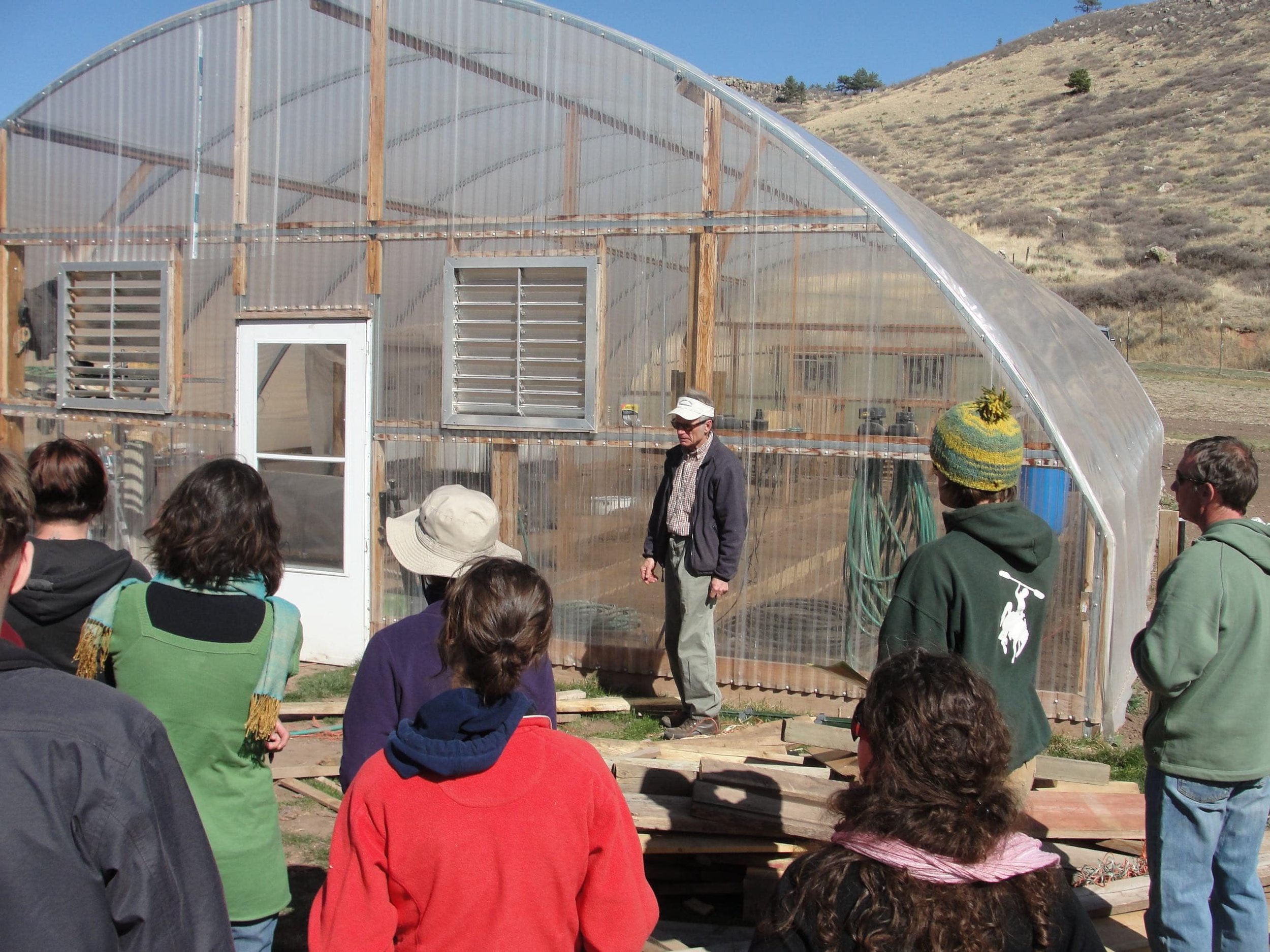
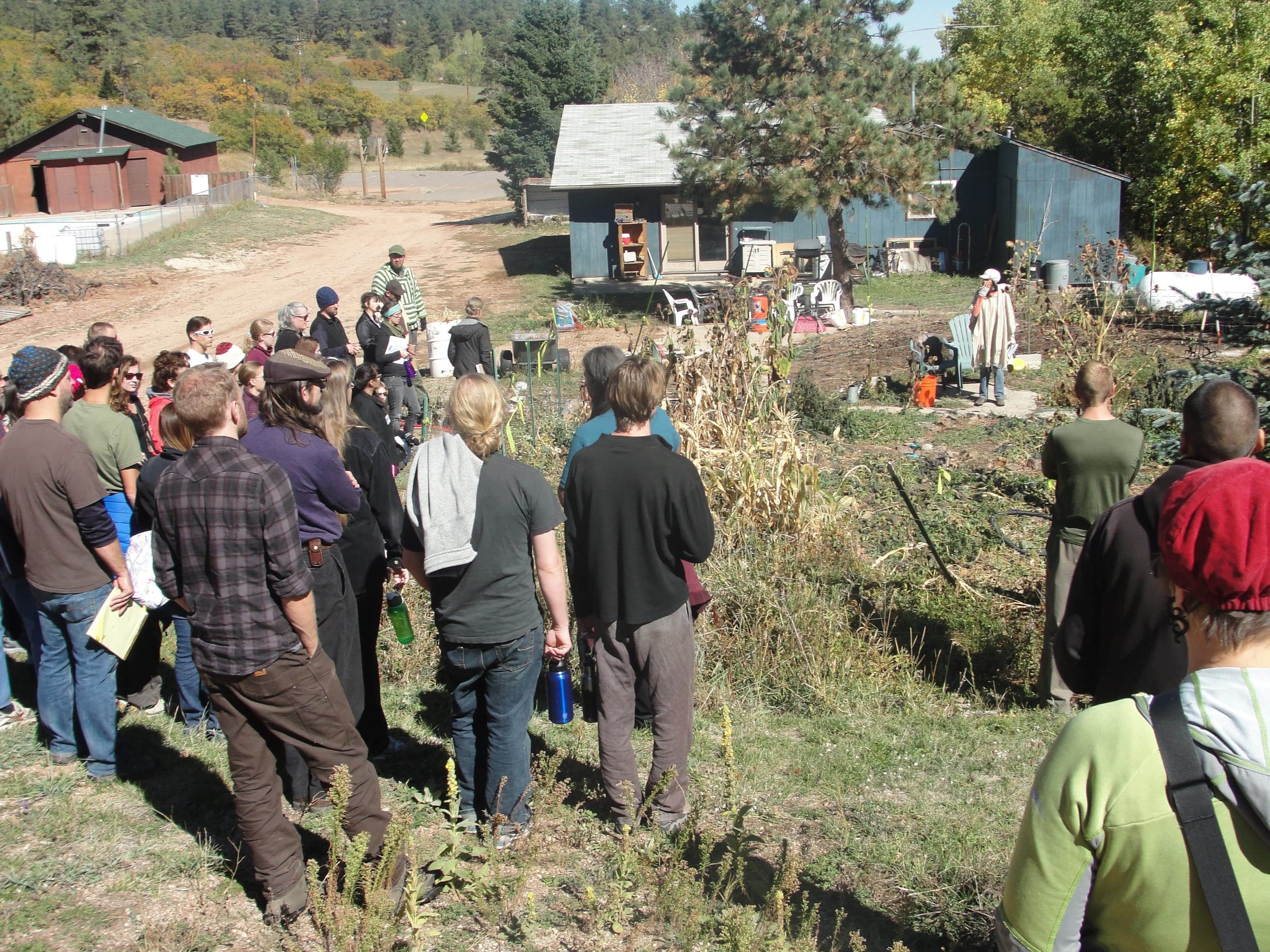
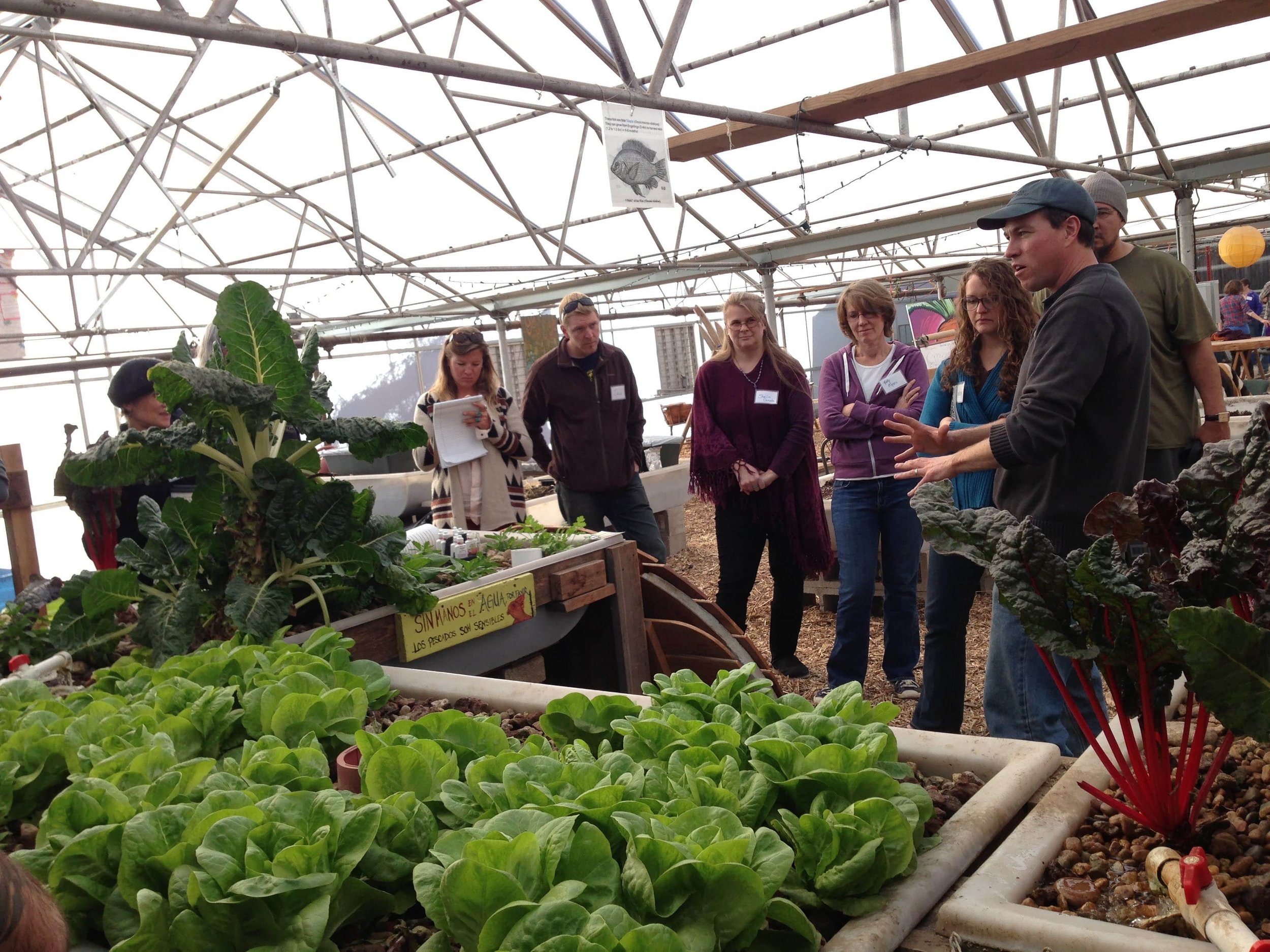
Permaculture Principles
As a framework, the practice of permaculture design is based on a set of principles and ethics, developed by Bill Mollison and David Holmgren. These are qualities that can be observed in the natural world. They guide us as we mimic the beauty, elegance and functions of the natural world to create better designs for our landscapes, communities and organizations. The principles of permaculture aren’t just something you learn about, they will get into your mind and body and become new tools to engage with the world. The principles are:
Observe and interact
Catch and store energy
Obtain a yield
Apply self-regulation and accept feedback
Use & value renewable resources and services
Produce no waste
Design from patterns to details
Integrate rather than segregate
Use small and slow solutions
Use and value diversity
Use edges and value the marginal
Creatively use and respond to change
Relative placement
Multiple functions for each element
Multiple elements for each function
Recycling energy and nutrients
Mimicking natural succession
Maximizing diversity
Stacking in space and time

We are not offering a permaculture design course this year, but stay tuned for a one weekend a month Through the Seasons course coming for 2024!
Please fill out the form below to get on the waiting list.
What our students say about the permaculture course…


